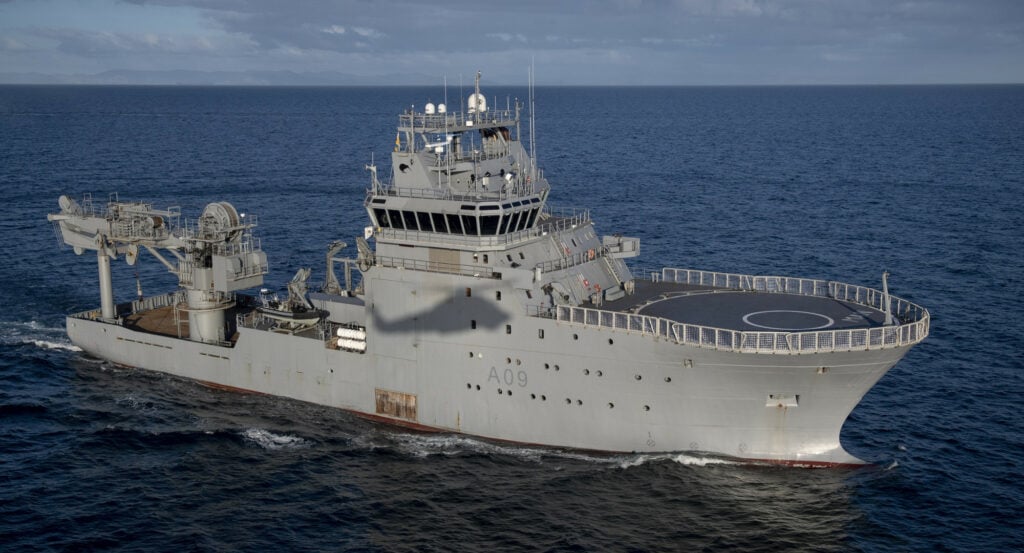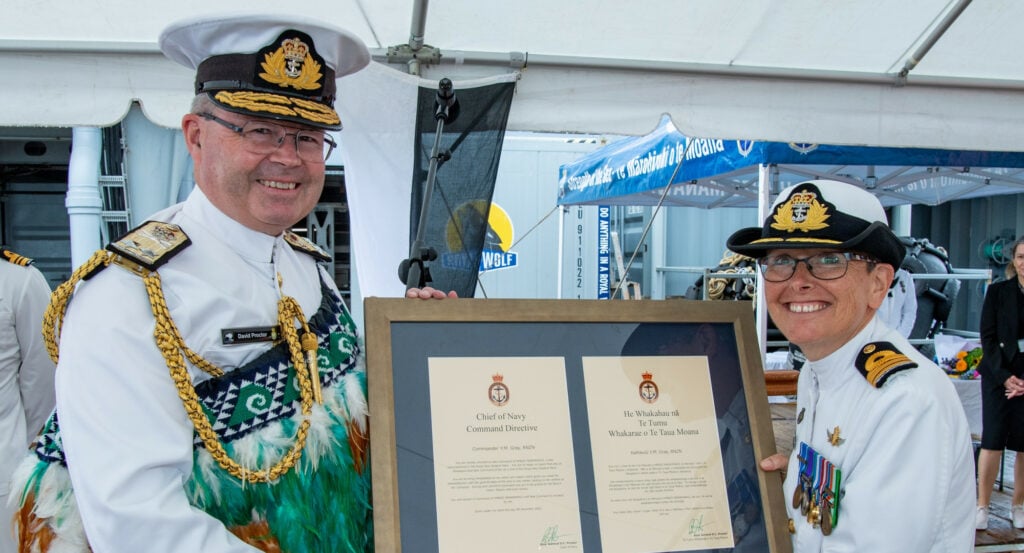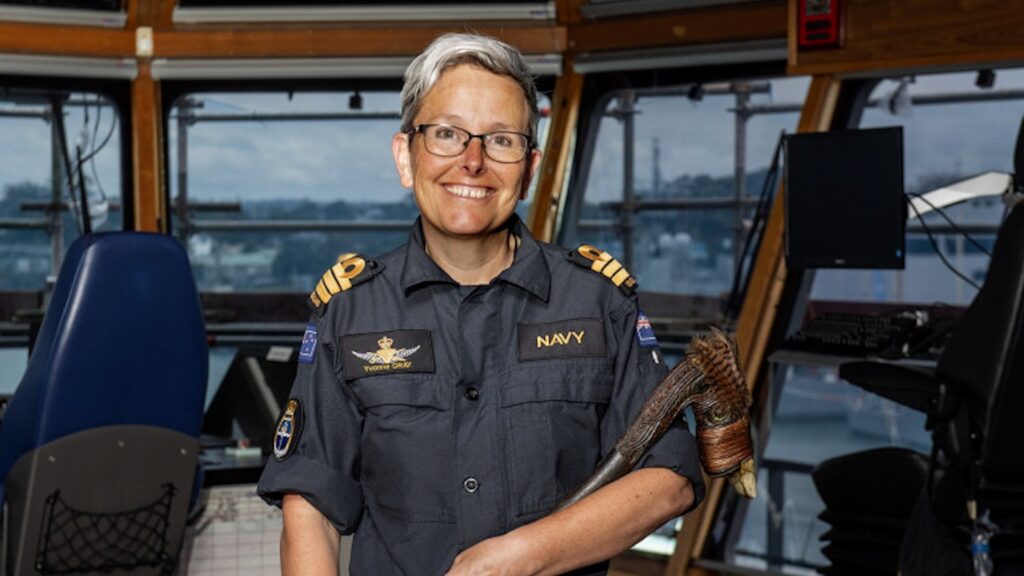
APIA, Samoa — The New Zealand navy has lost its first ship since World War II after the HMNZS Manawanui sank on a reef off the coast of Samoa, sparking concerns over a potential environmental disaster in waters vital to the region’s fishing and tourism industries. The vessel ran aground on Saturday evening while conducting a reef survey near the southern coast of Upolu, Samoa’s most populated island, according to New Zealand authorities.
The Manawanui, a specialist dive and hydrographic vessel, lost power before striking the reef, about one nautical mile off Upolu. By early Sunday morning, the ship was “listing heavily” after a fire broke out on board. Smoke was first spotted around 6:40 a.m., and by 9 a.m., the vessel had completely slipped beneath the surface, the Royal New Zealand Navy (RNZN) said.

Commander Yvonne Gray, who had taken command of the Manawanui in December 2022, was forced to give the order for all hands to abandon ship after the grounding and fire. All 75 crew members aboard were safely evacuated. Chief of Navy Rear Admiral Garin Golding praised Commander Gray’s decision, saying it was crucial in preventing loss of life. “She made the right decision to evacuate the 75 people aboard, which saved lives,” Golding said.
The incident marks the first unintentional sinking of a New Zealand naval vessel since World War II. A court of inquiry has been launched to investigate the circumstances surrounding the incident.
The HMNZS Manawanui was tasked with conducting a reef survey near Upolu, a routine operation for the vessel, which was designed for diving, hydrographic surveys, and salvage operations. The 84-meter vessel, whose name is Māori for “steadfast” or “big heart,” had been in service since 2019. Its crew had been in the region working on projects related to maritime safety and environmental protection.
Commander Gray, whose naval career began in the United Kingdom in 1993, has extensive experience serving on various vessels, including aircraft carriers, frigates, and mine hunters.
She and her wife, Sharon, relocated to New Zealand in 2012 after visiting the country during a campervan holiday.

As the investigation unfolds, local businesses and environmental groups are growing increasingly concerned about the potential environmental consequences of the sinking. The area is home to a diverse range of marine life, including sea turtles, and the surrounding waters are vital for both the local fishing industry and the tourism sector.
“We have a large population of sea turtles that swim around our lagoon, and people enjoy that. I’m hoping that nothing happens to them,” said Brian Rose, manager of Coconuts Beach Club in Maninoa, a popular resort near the site of the accident. The prospect of an oil spill from the sunken vessel is causing anxiety in the community, which depends heavily on the ocean for its livelihood.
New Zealand Defense Minister Judith Collins told Newstalk ZB that the immediate priority is assessing the potential environmental risk posed by the wreck. “It’s got a lot of oil on board. … It’s got lubricating oil, hydro oil, diesel, urea. It’s got a lot of stuff in it. And I don’t think we can just sort of leave it like that,” Collins said. Divers were sent to the scene on Sunday night to evaluate the depth of the wreck and determine the extent of the damage.
Collins added that the salvage operation could be complex and time-consuming. “They’ll be having a look to see what they can, but it’s going to be quite a big job,” she said.
Environmentalists and local authorities are now focused on minimizing the damage to the surrounding ecosystem. The waters off Samoa are known for their rich biodiversity and are a major draw for tourists. Any significant pollution from the sunken vessel could have lasting effects on the marine environment and the local economy, which relies heavily on sustainable fishing and ecotourism.
As authorities continue their investigation and assess the environmental risks, local communities are anxiously awaiting further updates on the situation.

